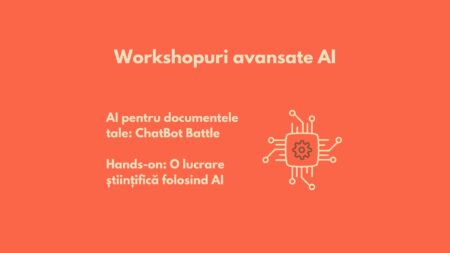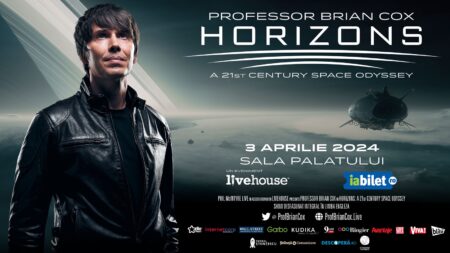The CERN studies complicated things about the nature of matter and the universe are studied that even most adults - I plead: guilty me too - don't understand. So when the head of CERN's education programmes - Sascha Schmeling - told a conference that the institution's outreach activities start with kindergarten children, I had to ask: why?
CERN starts to communicate with children from the age of six. "The studies we have available to us show that children's decision to go into the field of science is made between the ages of eight and nine, so if you go and talk to a child about science at the age of 12 it's too late."
I liked very much the idea and the reasoning. At Researchers' Night we also have outreach activities towards a young audience. We even have coloring activities for the very young, but we never thought of making an active effort to explain science to them, we have we considered them too young.
CERN has two science activities for kindergarten children. The first is called "In the shoes of a scientist", where scientists visit schools and use mystery boxes. This activity involves investigating the contents of a box without opening it. As a result, children come to understand the difference between observation and interpretation, what a hypothesis means, what collaboration and does curiosity help. "Kids love them. And that's how they learn - let's call it - scientific literacy. They learn how to test an idea, how to formulate a conclusion and how to improve it," explained Sascha Schmeling.
The second project is "Draw a Physicist" and is only done in local primary schools and kindergartens. Children are asked to draw what they think a physicist looks like, then visit CERN and draw another picture. At the end, there is an exhibition of both types of drawings. The result? Sascha Schmeling says "The first ones show a physicist in a white coat, a kind of Einstein who talks to Martians or little green men. In the second ones you see mainly people in front of computers. Which, unfortunately, what most scientists do. But the drawings also show the big experiments that we have and people working next to them. That way, they find out what is really going on at CERN."
CERN's strategy with this very young audience is to get them used to being curious, but also to provide them with role models through the researchers they know. role models. "What we see now in France, Switzerland and Germany is that in among celebrities, from politicians to people in entertainment, it's fashionable to say they don't know physics or maths. The model they're conveying is that it's very hard to be a scientist." People at CERN want to stir up the opposite sentiment, which is that children should give their that they too can do research, it's not impossible.
The involvement researchers in these activities is very high. For example, viral rap video that explains what happens at CERN was designed and implemented entirely by researchers, without any direction from communication scientists. The work of their favourite activity is something else: "they most like to go back in schools they have finished, and from there they come back with new ideas, which then we collect them."
Soon, CERN will also open a Science Centrewhat will receive 300,000 children per year. The centre will host hands-on activities for kindergarten children on a very large scale/scale.
If you want to read more about CERN's communication strategy, it is public and can be downloaded by anyone here: https://communications.web.cern.ch/strategy
Here you can listen to a recording of the talk Sascha Schmeling, Head of Educational Outreach and Physics Education Research, gave at the National Conference of the "Education for Science" Community(after 43 minutes).





